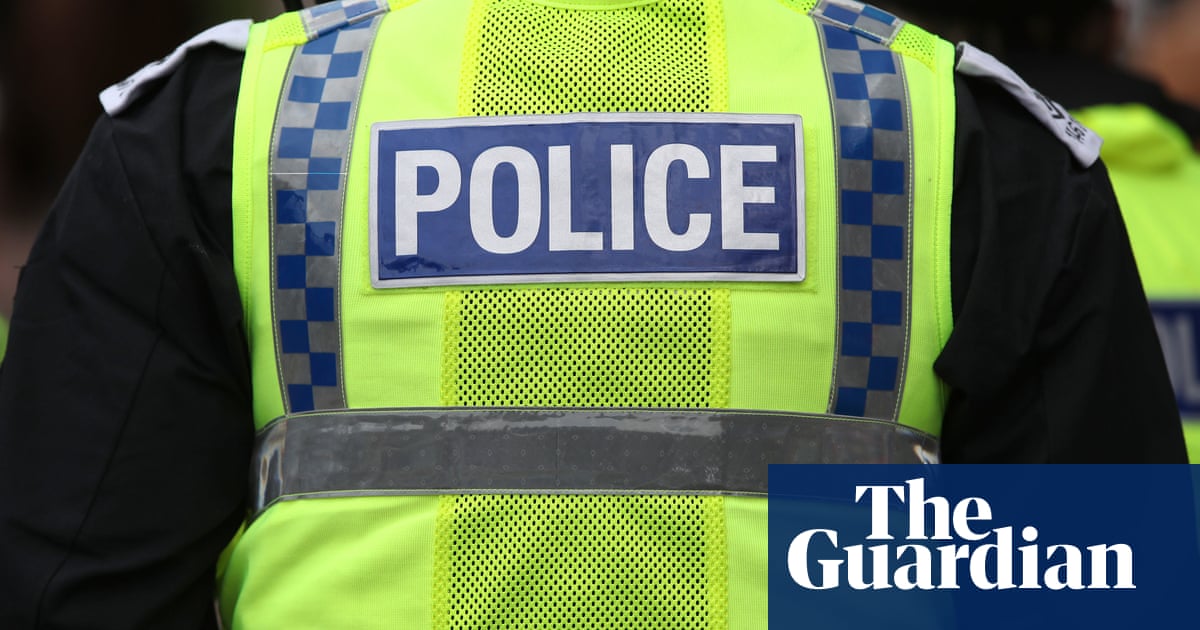
After the shocking murders of Sarah Everard, Bibaa Henry, Nicole Smallman and many other women in the past year, the government has finally published its latest strategy to prevent violence against women and girls. We’ve had similar strategies in place in England since 2009, but the latest one has been delayed by over a year. It comes at a pivotal moment, in which the shared experiences of being a woman or girl – of being followed, harassed, assaulted and having freedoms curtailed because of the threat of men’s violence – has led to outpourings of anger and protests on the street.
The Home Office’s public call for evidence to inform its new strategy drew more than 180,000 responses, the vast majority after it reopened following Everard’s murder. It comes after last month’s government rape review, which carried an apology for the shamefully low rates of prosecutions, and the release of an Ofsted review that found that sexual harassment has become normalised in schools and colleges.
With so much riding on getting the response to violence against women and girls in all its forms right, the strategy is a significant milestone and an opportunity to coordinate decisive action from all parts of the state. Across policing, education, health and transport, we’ve seen a raft of measures announced. However, when it comes to the crucial issue of gender inequality and how it intersects with other disadvantages and impacts on Black, minority ethnic, migrant, disabled and LGBT survivors of abuse, the strategy falls disappointingly short – and meaningful funding for specialist women’s services is largely absent.
It is good to see a call for radical change that reflects the seriousness and scale of violence against women and girls. A proposed public campaign to raise awareness, targeted at challenging the behaviour of perpetrators, could move us towards addressing the misogyny and gender stereotypes that underpin male violence against women. It will be essential for government to work closely with specialist women’s organisations to achieve this.
Additional support for teachers to deliver compulsory relationship and sex education is much needed. And for the government to properly implement the Ofsted recommendations on sexual harassment there needs to be, as a minimum, dedicated funding for teacher training.
As part of its package the government announced a new national police lead for violence against women. This is a useful step, if it makes police forces that fail to properly investigate crimes against women more accountable. A recent joint inspection of the police and Crown Prosecution Service made it clear that the criminal justice system’s response to rape offences very often lacks focus, clarity and commitment. Words are one thing, but a plan is nothing without accountability if it doesn’t deliver.
The move to place a new duty on employers to protect all their staff from harassment by colleagues, clients and customers has been long campaigned for and is welcome. We had also hoped to see action that addresses the evolving nature of public sexual harassment, tackling online harms such as cyber-flashing and intimate image abuse. We need urgency in making the internet a safe place for women and girls, including a recognition of violence against them as a specific online harm – and the online safety bill should have measures to address the sexism and racism women are subjected to.
The sheer scale of the abuse women and girls face on a daily basis demands that strong rhetoric be matched by equally strong actions. The home secretary has said she does not accept that the violence women and girls endure is inevitable, and promises that her strategy will help bring about real and lasting change. I wholeheartedly agree with the former statement. Sadly, the outlook for the latter is a lot less promising.
Andrea Simon is director of the End Violence Against Women Coalition












